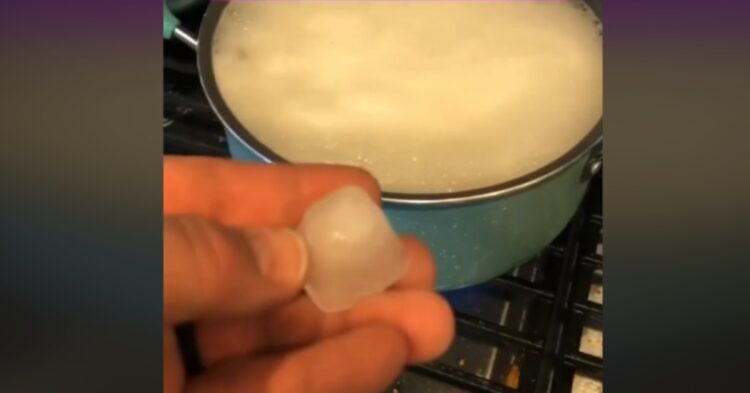No home is free from the Italian masterpiece that is pasta. There are many universal ways of cooking it, but do you know some tips and tricks that can turn your pasta experience from a conventional or even hectic one into an elite one?
These hacks will elevate your pasta to a new level, whether you’re enjoying it solo or with friends and family.
Salt is pasta’s best friend
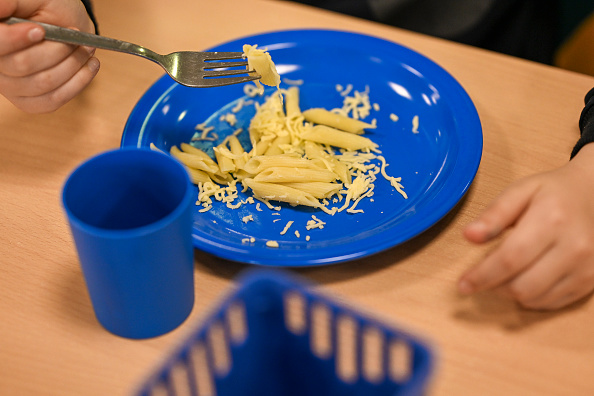
We all know that we should add salt to the pasta’s water before adding the pasta itself, but how much salt is enough? You should add a teaspoon and a half of table salt for every liter of water.
Another way to figure out the right amount of salt
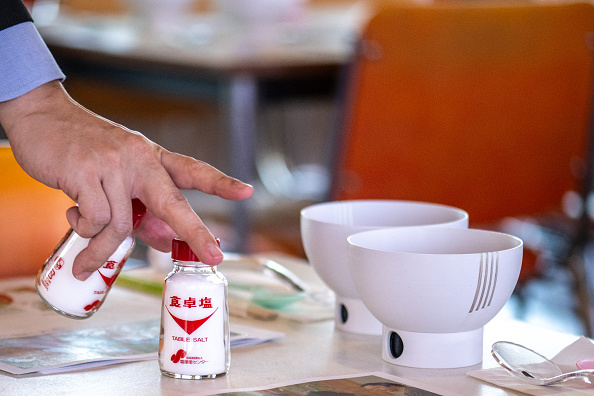
Another indicator is to depend on your tastebuds. The water should taste “salty like the sea.” Otherwise, your pasta can turn out too bland if you put too little salt or too salty if you’ve added too much beyond the recommended amount.
Olive oil is not as magical as it seems
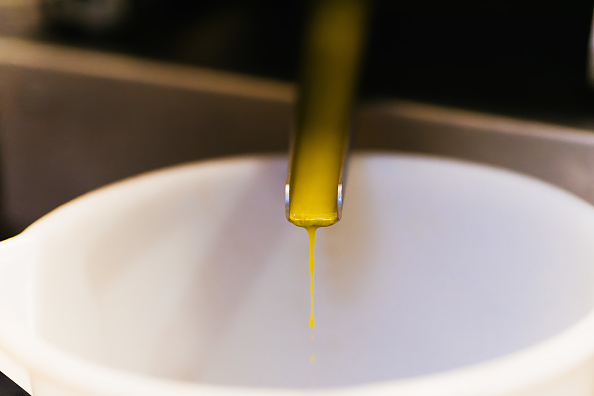
Some say that adding olive oil to your pasta water will prevent the pasta from sticking, and while that may be true, it will also prevent your sauce from sticking to the pasta, making it less tasty. Thus, adding olive oil to the sauce is better than adding it to the pasta itself.
Add your own touch to the sauce
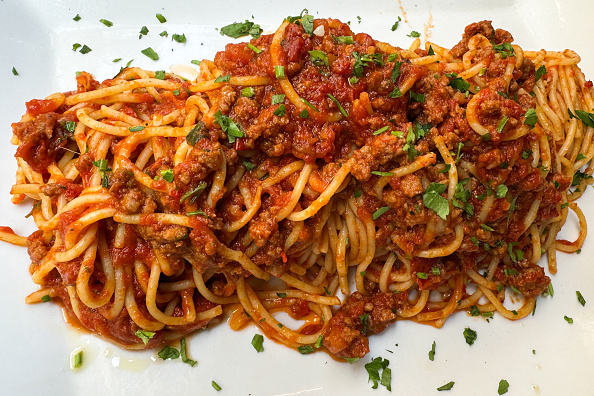
While buying ready-made sauce can save you a lot of time and effort, especially during a busy day, making your own sauce gives your pasta its special and unique taste. In addition, you’ll know exactly what you’re eating since no one knows what they put exactly in manufactured goods.
Boiling pasta in the sauce
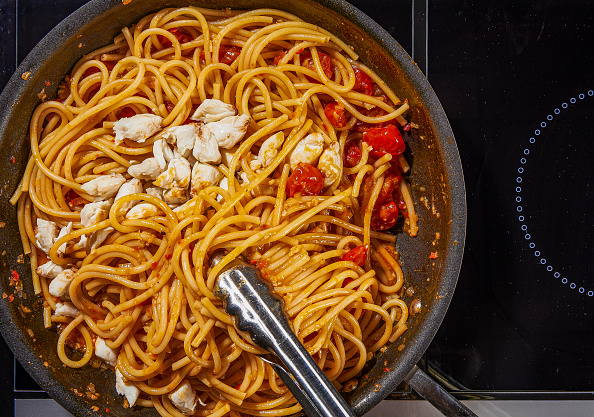
You can save yourself the hassle of boiling the pasta in the water and then cooking it in the sauce by straight-up boiling your pasta in the sauce. You’ll need to add some extra water to the sauce so the pasta can absorb it, and you’ll have cooked pasta with a delicious, rich sauce.
Don’t throw away the pasta water
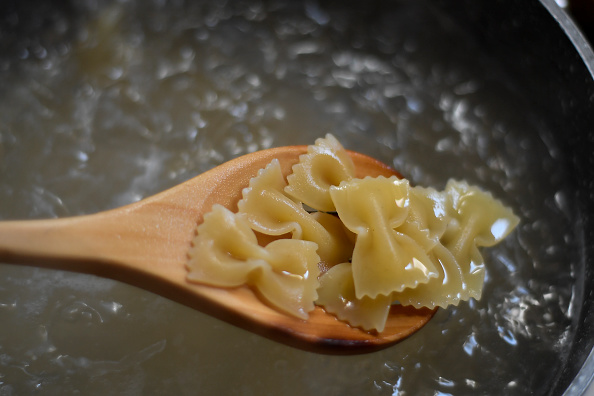
Pasta water is an underrated special ingredient that many people sleep on and usually throw down the drain. Boiling pasta in water releases its starch, and adding that starch-filled water to your pasta and sauce, especially if it’s fat-based, gives your pasta a lovely, silky, unique texture.
Less utensils to use for a better taste
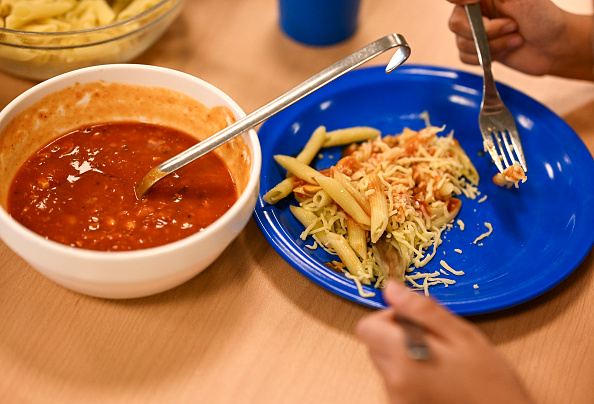
The aforementioned tips help you save time, energy, and kitchen utensils. When you boil the pasta in the sauce, you only do it in one pan instead of a pan and a pot. Also, when you decide not to let your pasta water go to waste, you won’t be using colanders but rather a pair of tongs to transfer your pasta from the pot to the plate.
Each pasta shape has its right sauce

This is no strict rule; everyone has their preferences. However, certain pasta types go better with certain sauces. For instance, shorter pasta, like penne, goes better as a baked dish, and longer pasta goes better with butter — or oil-based sauces. For creamy sauces, you’ll need something to bear the thickness, such as farfalle.
Rinsing your pasta might not be it
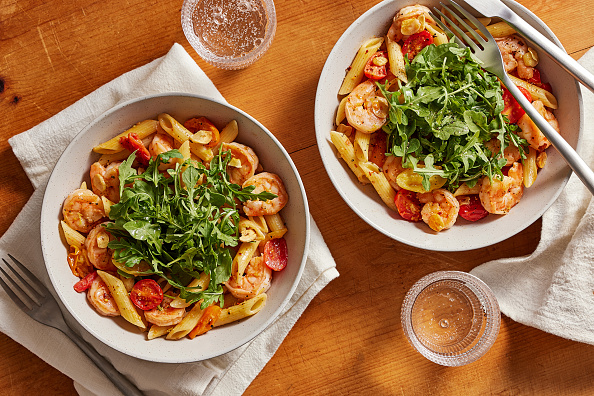
It has been a rule of thumb that you always rinse your pasta after boiling it. However, that’s not always the case. Rinsing your pasta is okay as long as you’re using it for salad or a stir-fry, as the extra starch can make things messy. Otherwise, you’ll need the starch on the pasta for a thicker, creamier sauce.
Olive oil can go on your leftover pasta
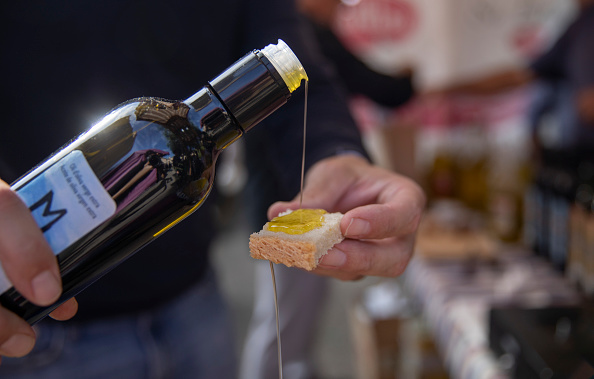
Having leftover pasta can be an issue, as it ends up clumping and sticking together. One way to spare yourself from such pain is to add some olive oil to your pasta before refrigerating and after removing it from the water. The fat will cling to the pasta, preventing it from sticking together.
Shallow pans are a timesaver
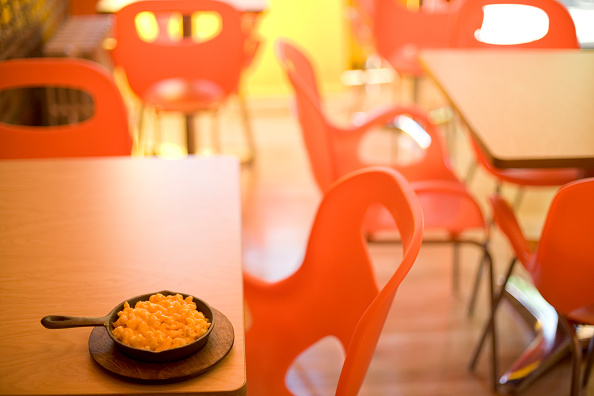
Waiting for pasta water to boil can be a patience-testing process, especially if you cook for many. One way to speed up the process is by giving up the pot for a flat pan of hot water. This makes the pasta more evenly spread over the heat source, making things faster.
Longer pasta goes better with flat pans
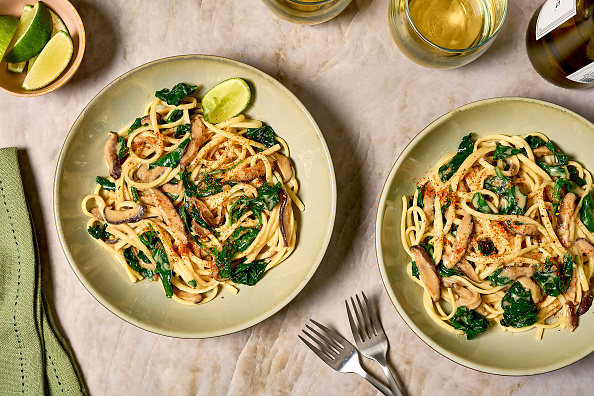
Cooking spaghetti, for example, in a pot, especially if it’s a small one, will result in parts of the spaghetti being more cooked than others. Cooking your pasta in a large, shallow pan will result in even cooking and, consequently, a better pasta experience.
No need to pre-cook your baked pasta
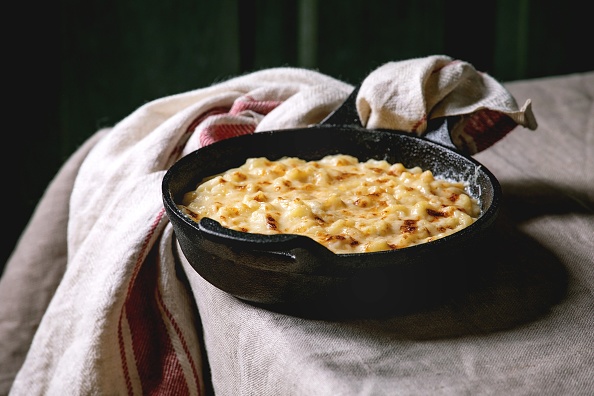
Normally, people cook their pasta before putting it in the oven, but there isn’t always a need. According to Oregon Live, there is no need to pre-cook pasta that’s ending up in the oven eventually. You need to soak your pasta in salted water for about 45 minutes then drain the water and add the pasta directly to the dish with the other ingredients.
Reheating your pasta
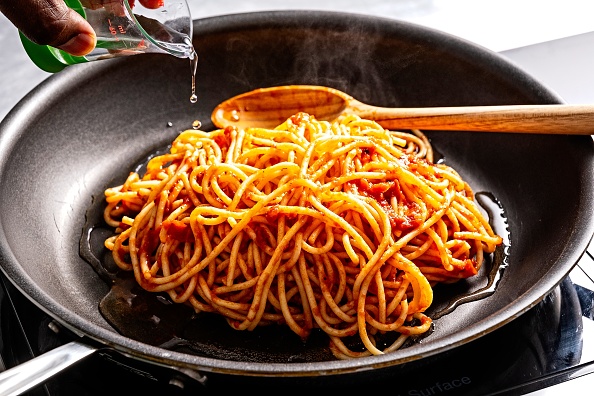
To avoid clumping, dry, or unappetizing reheated pasta, the secret lies in adding water, especially if you reheat it using a microwave or the stove. Furthermore, if you’re reheating a large amount, you can just put it in the oven.
Broth or stock can be a pasta’s best friend, too

Instead of boiling your pasta in salty water, why not try adding some broth or stock to it? The pasta will absorb the flavor, and you’ll be in for a blissful experience. Chicken, beef, or veggie stock can go a long way, and you can also use bone broth.
How to avoid a huge mess
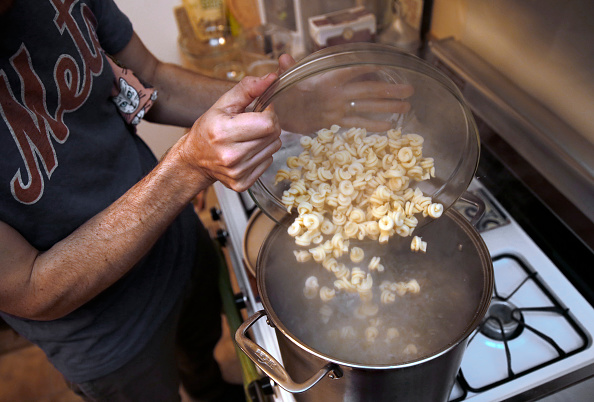
A TikTok user garnered over five million views with this amazing hack. Before the water boils over on the stove, throw in an ice cube, and the water level will go down again. Another user shared an alternative hack: laying a wooden spoon over the pot.











































